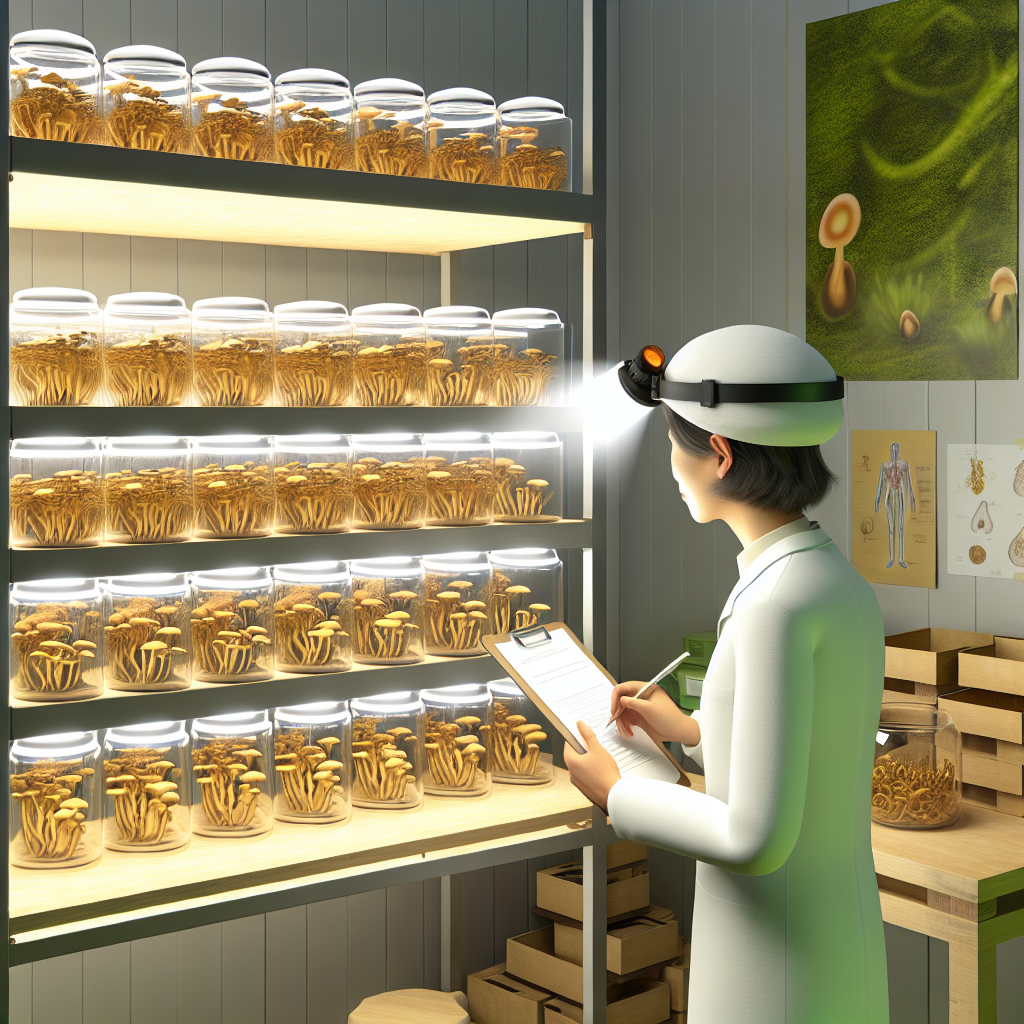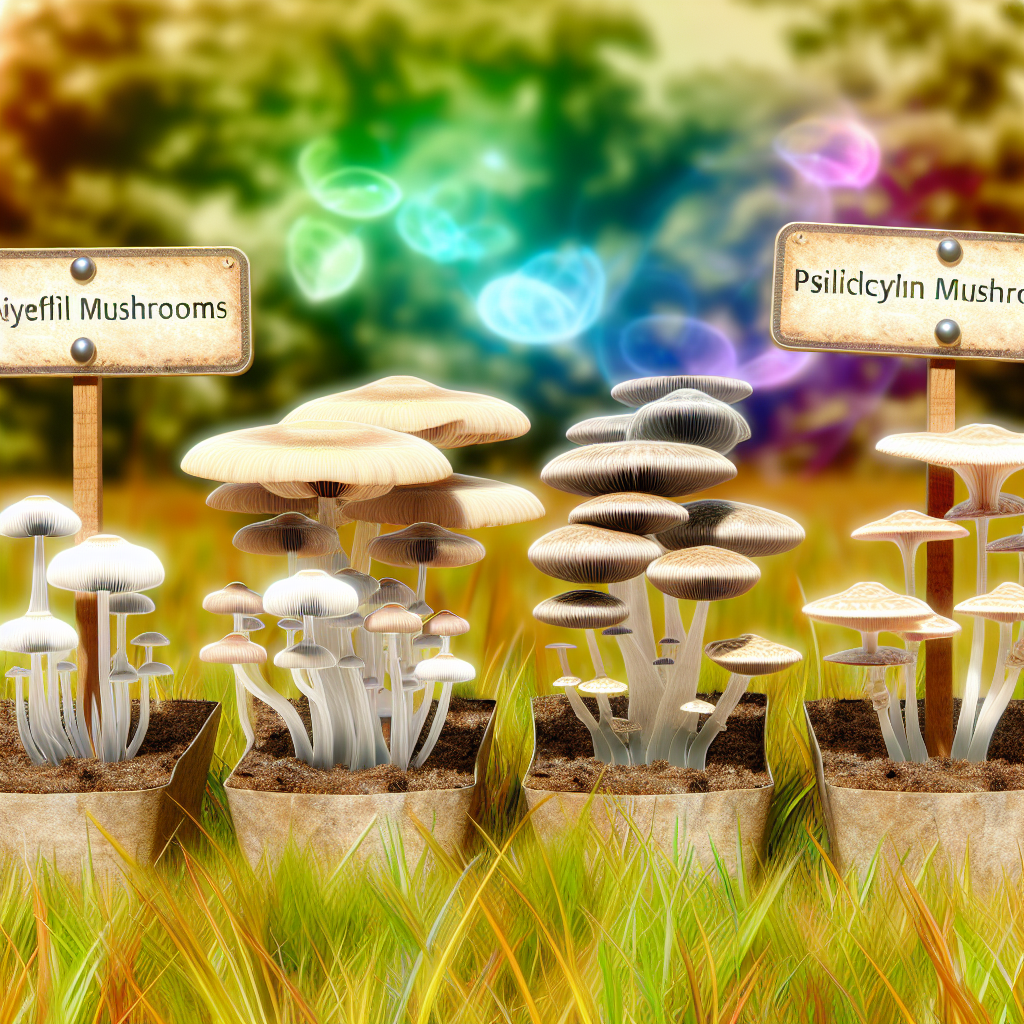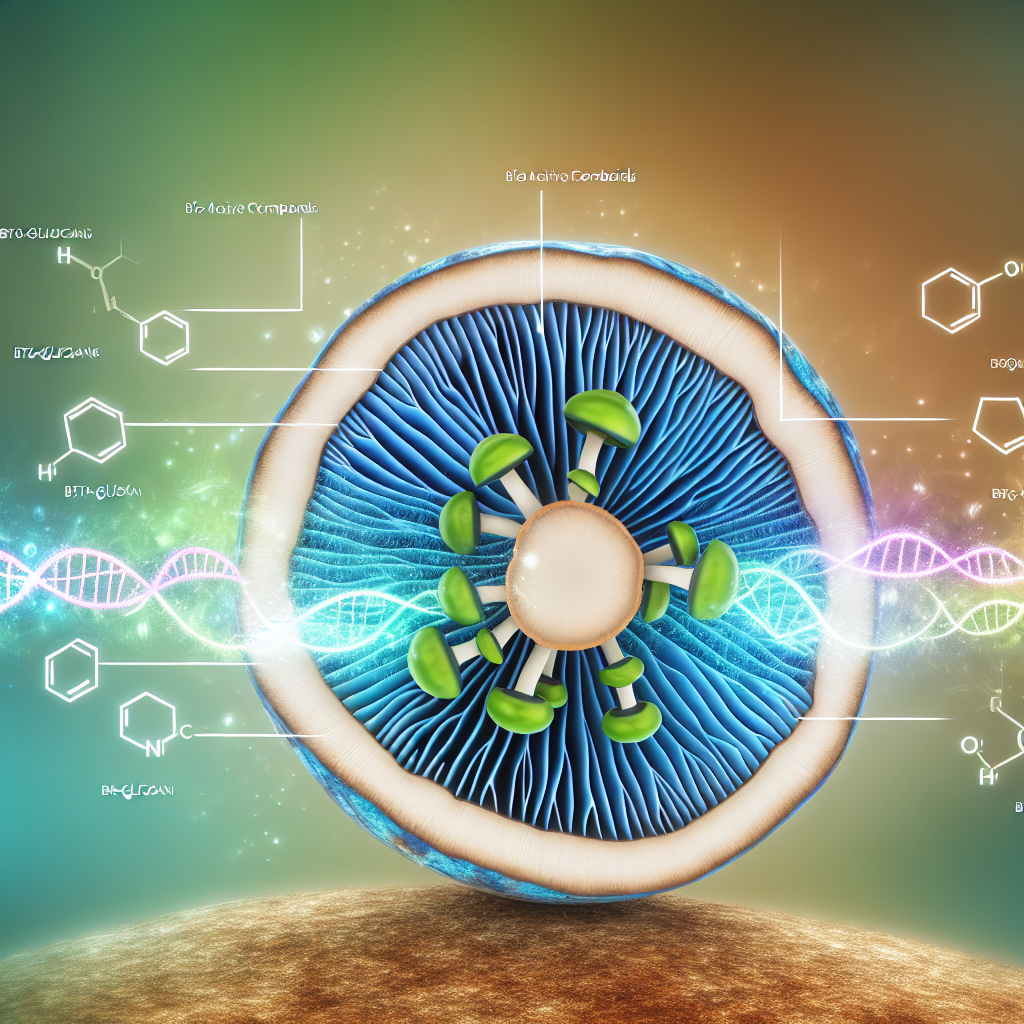Cordyceps Militaris Cultivation Indoor Growing Step-by-Step Guide
Introduction
Cordyceps militaris, a parasitic fungus known for its potent medicinal compounds, has gained growing popularity as a powerful addition to the world of functional mushrooms. Unlike its wild cousin, Cordyceps sinensis, which is rare and difficult to harvest, Cordyceps militaris can be cultivated indoors under controlled conditions. This makes it a sustainable solution for anyone interested in natural medicine, from hobbyists to commercial health entrepreneurs.
Long revered in Traditional Chinese Medicine (TCM), Cordyceps is known for improving energy, athletic performance, immune function, and libido. Research continues to support its key bioactive compound, cordycepin, for its anti-inflammatory, antiviral, and anti-cancer effects. With controlled indoor environments, cultivators can produce potent, clean yields of mushroom fruiting bodies, closely resembling their wild counterparts.
This guide outlines a detailed, step-by-step method to grow Cordyceps militaris indoors—making this therapeutic mushroom more accessible than ever.
Features & Medical Studies
Cordyceps militaris has caught the eye of modern science due to its wide range of pharmacological effects, largely attributed to its powerful compound cordycepin (3’-deoxyadenosine). Cordycepin works by interfering with mRNA synthesis, making it a potential therapeutic agent for treating cancers and viral infections ([NCBI Study on Cordycepin](https://www.ncbi.nlm.nih.gov/pmc/articles/PMC4203945/)).
One notable study published in the Journal of Medicinal Food (2014) found that Cordyceps militaris improved exercise endurance in mice, aligning with traditional uses as an energy booster ([Study on Fatigue Resistance](https://www.liebertpub.com/doi/10.1089/jmf.2012.2645)).
Other health-promoting properties include:
– Immune modulation, helping balance immune responses.
– Antioxidant activity that supports cellular repair and longevity.
– Anti-inflammatory modulation for chronic inflammation.
– Wound healing support and tissue regeneration.
Indoor cultivation techniques enable more controlled production environments, resulting in greater concentrations of bioactive compounds than those found in wild harvested mushrooms ([Evidence-Based Medicine Study](https://www.ncbi.nlm.nih.gov/pmc/articles/PMC4929944/)).
Indoor Growing Step-by-Step Guide
1. Prepare the Substrate
Unlike wood-degrading mushrooms like shiitake or reishi, Cordyceps militaris prefers grain-based substrates. A balanced nutrient-rich mix is essential for high-quality growth. Brown rice is ideal due to its digestible starches and consistent moisture retention. Supplementing with silkworm pupae powder (or a vegan alternative) offers additional proteins needed for robust fruiting body formation.
Steps:
– Combine 100g of organic brown rice with 90ml of distilled water.
– Add 5–8g of silkworm pupae powder or pea protein powder as an alternative.
– Add 100mg of Vitamin B-complex powder for nutrient enrichment.
Place the mixture in wide-mouth glass jars, then sterilize under pressure for 90 minutes at 15 PSI to eliminate contaminants.
2. Introduce the Mycelium (Inoculation)
After the substrate cools to room temperature, use sterile methods to add Cordyceps militaris liquid culture. A laminar flow hood or glovebox is ideal to prevent contamination.
– Inject 3–5ml of liquid culture per jar through the self-healing injection ports.
– Reseal the jars, then shake lightly to distribute the culture evenly.
Place inoculated jars in a dark environment at 20–22°C (68–71.6°F). Within 10–14 days, you should observe complete mycelial colonization—evident by the orange to white growth enveloping the substrate.
3. Initiate Fruiting Conditions
Once fully colonized, transition the jars to fruiting conditions by adjusting:
– Temperature: Lower to 15–18°C (59–64°F).
– Light: Provide 12–16 hours of low-intensity white light (LED).
– Humidity: Raise to 85–95%. Use a greenhouse tent or grow chamber with a misting system.
– Air Exchange: Ensure light airflow using small fans. Avoid direct breeze to prevent drying out.
In 10–14 days, orange bump-like structures (primordia) will begin to form. Keep the growing chamber clean and moisture-balanced.
4. Growing and Harvesting
Cordyceps militaris grows slowly but steadily over the span of 4–6 weeks. As the fruiting bodies mature to 4–5cm in height and deepen in color, it signals readiness for harvest.
– Use sterile scissors or surgical blades to cut mushrooms at the base.
– Immediately dry them using a food dehydrator set to 40–45°C (104–113°F). This locks in therapeutic compounds like cordycepin and prevents mold.
Harvesting at peak maturity ensures the highest cordycepin concentration and flavor.
5. Storage and Usage
Once dried, store the mushrooms in airtight glass containers, ideally vacuum-sealed, and place them in a cool, dark area. Exposure to light or humidity decreases shelf life.
Consumption methods include:
– Brewing into immune-boosting teas.
– Creating tincture extracts with alcohol or glycerin.
– Grinding into powders for capsules or smoothies.
Note: Always consult with a qualified health provider before incorporating medicinal mushrooms into your regimen, especially if you’re on medication.
Conclusion
Cultivating Cordyceps militaris indoors offers a rewarding way to engage with one of nature’s most potent fungi. By following the structured steps of substrate preparation, mycelium inoculation, environmental control, and careful harvesting, you can produce a resilient, high-yield medicinal crop. Whether you’re a micro-farmer or a wellness advocate, learning to grow Cordyceps militaris supports self-sufficiency and access to authentic herbal medicine. It’s both a science and an art that leads to a deeper connection with holistic healing and sustainable practices.
Concise Summary
Cordyceps militaris is a powerful medicinal mushroom that can be cultivated indoors for personal or commercial use. Rich in cordycepin, it offers antiviral, anti-cancer, and performance-enhancing benefits. This guide details substrate preparation with brown rice, inoculation with liquid culture, fruiting conditions, and harvesting techniques. By following the step-by-step process—light control, humidity, airflow, and drying—users can produce high-potency Cordyceps fruiting bodies. Its scientific backing and use in traditional medicine make it a valuable addition to the functional mushroom repertoire, and indoor cultivation ensures quality, sustainability, and repeatable results.
References
– Cordycepin and its pharmacological effects:
https://www.ncbi.nlm.nih.gov/pmc/articles/PMC4203945/
– Cordyceps Militaris improves fatigue and stamina:
https://www.liebertpub.com/doi/10.1089/jmf.2012.2645
– Cordyceps medicinal benefits and immune response:
https://www.ncbi.nlm.nih.gov/pmc/articles/PMC4929944/
– Functional mushroom research and therapeutic outcomes:
https://www.frontiersin.org/articles/10.3389/fphar.2020.00609/full
– Traditional and modern applications of Cordyceps:
https://www.ncbi.nlm.nih.gov/pmc/articles/PMC7238896/

Dominic E. is a passionate filmmaker navigating the exciting intersection of art and science. By day, he delves into the complexities of the human body as a full-time medical writer, meticulously translating intricate medical concepts into accessible and engaging narratives. By night, he explores the boundless realm of cinematic storytelling, crafting narratives that evoke emotion and challenge perspectives. Film Student and Full-time Medical Writer for ContentVendor.com




